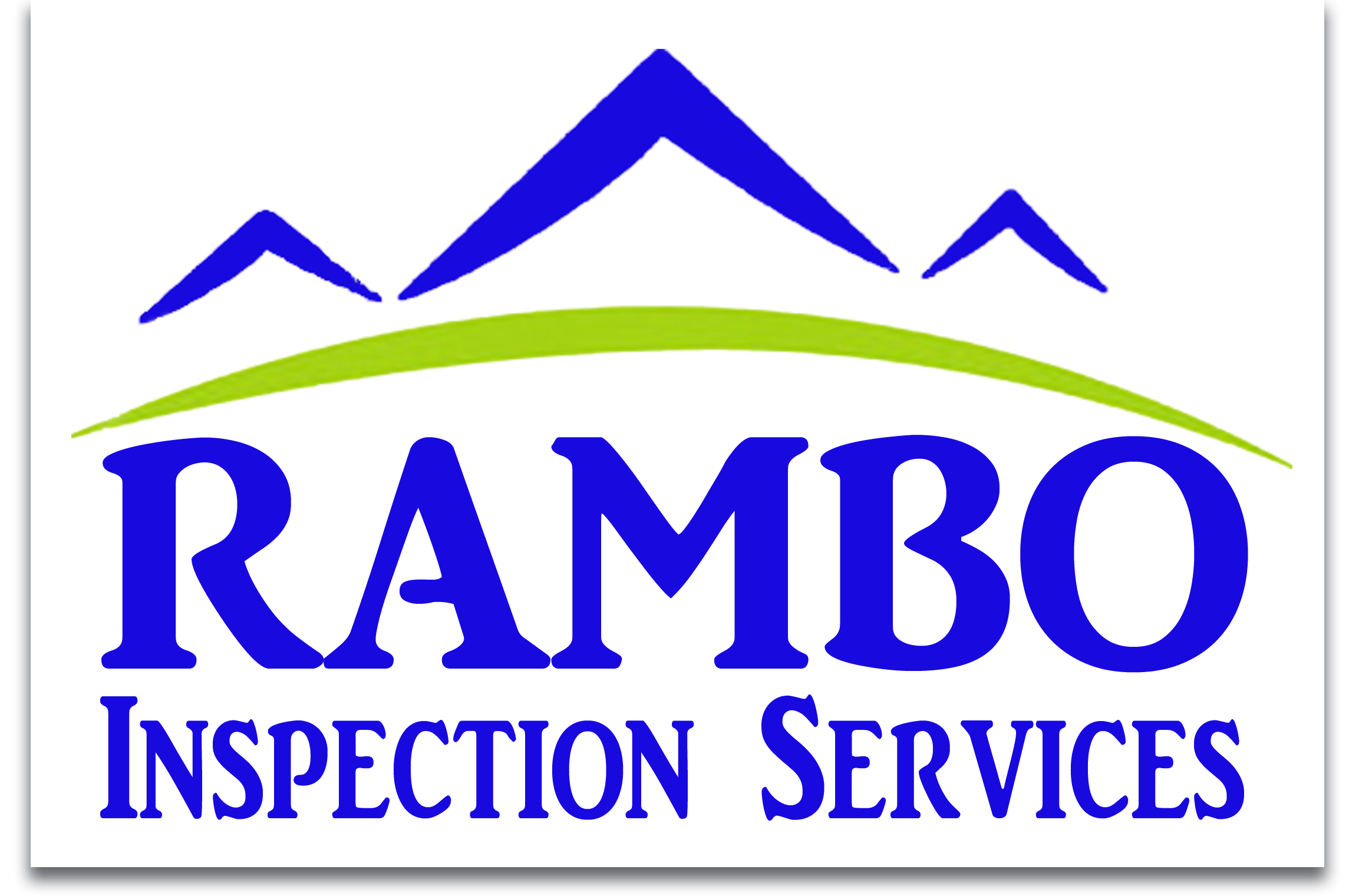Landscape Design Should Make Your Life Easier
If your yard feels underwhelming, it’s probably not the plants. It’s the design. Landscape design is all about function. It’s how you shape the space around your home to work the way you live. A well-designed yard should be just as usable as your kitchen or living room, only with better light and fewer walls. Start by thinking about what you actually want to do outside. Sit with coffee? Host dinner? Let your dog run around without escaping? Once you know that, you can map out how to make it happen.
Think Beyond Plants
Most yards don’t need more plants; they need better structure. Jumping straight to what to plant usually leads to clutter or dead zones. Step back and look at the yard like you would a blank room. Where’s the furniture? What defines each area?
Hardscaping— like patios, walkways, raised beds, and retaining walls—sets the bones of the space. Once that’s in place, greenery softens the edges and brings the space to life. The layout matters more than the flowers.
If your yard feels empty, it’s probably missing vertical elements. Trees, pergolas, fences, and even tall grasses help shape outdoor space. A patio under a tree or next to a tall hedge feels sheltered and comfortable. That same patio in the middle of a wide open lawn isn’t as cozy.
Design for How the Space Moves
The way people move through a yard changes how it feels. If you have to walk around obstacles to get to the back gate, the design is working against you. If paths are too narrow or nonexistent, people just trample the grass or avoid going out there at all.
Use walkways and open spaces to guide movement and make the space feel intuitive. Paths should connect key areas—like the back door to the grill, or the driveway to the trash bins—without awkward detours. When the layout supports how you already move, the yard feels easy to use.
It also helps divide the space into zones: dining, lounging, playing, and gardening. That clarity keeps the yard from feeling like one big, undefined patch.
Use Plants That Don’t Need a Babysitter
Don’t buy plants based on looks alone. Choose ones that fit your climate, soil, and schedule. Native plants or drought-tolerant options usually need less maintenance, less water, and bounce back faster from weather swings.
The goal is to pick plants you don’t have to think about. Once they’re in and established, they should thrive on their own with minimal input. This doesn’t mean your yard has to be boring—there’s more variety in low-maintenance planting than most people realize. But make sure they fit the sun exposure and drainage where they’re planted, or you’re setting them up to fail.
Mix heights and textures for interest. Taller shrubs or ornamental grasses in the back, smaller flowering plants up front. Group things in odd numbers to avoid that lined-up look. And leave space—overcrowded beds make maintenance harder and hurt plant health.
Lighting Changes Everything in Landscape Design
Landscape lighting makes your yard feel safe, comfortable, and usable after sunset. Without it, the space goes dark and empty as soon as the sun goes down.
You don’t need to overdo it. Focus on lighting paths, steps, and gathering spaces. Then add a few accent lights for trees or architectural features. Use warmer tones to create a relaxed atmosphere. Motion lights by entry points can add security without making the yard feel harsh.
If you’re on a budget, solar lights are a decent quick fix. For more control and reliability, low-voltage wired systems are worth considering.
Make It Feel Like Yours
A lot of landscapes look fine but feel cold. That’s usually because they were built around trends, not people. You don’t need the newest pavers or exotic plants to make a yard feel personal. You need comfort, utility, and small touches that reflect what you care about.
Add a seating area you’ll actually use. Plant herbs if you like to cook. Hang a hammock. Build a firepit from leftover stone. A yard that’s tailored to your routine will always feel better than one that just follows a design board.
Landscape Design FAQs
Can I redesign my yard in phases?
Yes. Start with the layout—paths, patios, key zones. Then add plants and lighting as time and budget allow. Building in stages is smart if you want to avoid ripping things out later.
Do I need to hire a landscape designer?
Only if you’re dealing with complex grading, drainage, or major hardscaping. For basic layout and planting, most people can plan their own yard with a little research and some patience.
How much upkeep should I expect?
If you choose the right plants and materials, maintenance can be minimal. Expect some seasonal trimming, watering during dry spells, and light cleanup. Avoid high-maintenance plants unless you like the work.
What’s a common mistake in landscape design?
Trying to fill every space. Negative space matters. Open areas help the rest of the yard breathe and make focal points more effective.
How do I fix a boring, flat yard?
Add levels or visual contrast. Raised beds, sunken patios, large containers, or even simple mounding can create interest. You don’t need a slope—you just need structure.
Rambo Inspection Services provides home inspections in the Chicagoland area. Contact us to schedule our services.

